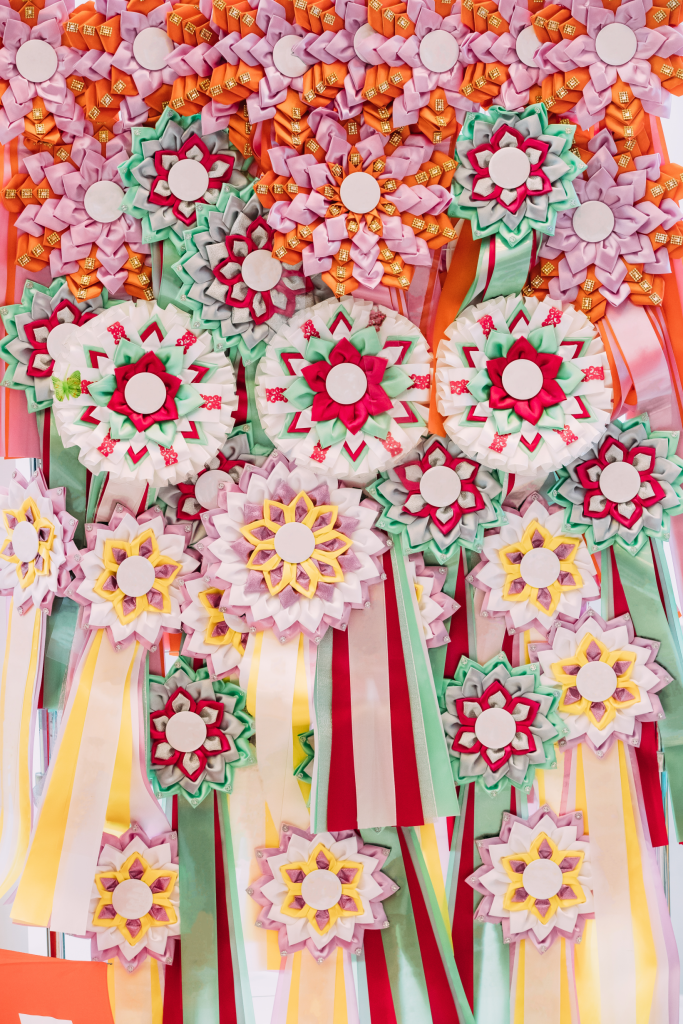Custom ID badges have become essential for businesses of all sizes and industries. These badges provide a simple yet effective way to improve security. It also enhances professionalism and increases accountability within an organization. By customizing ID badges with your business’s branding and design, you can create a more professional image for your company. It fosters a sense of unity among your employees.

One of the primary benefits of custom ID badges is their ability to improve security. With the rise of workplace violence and data breaches, businesses must protect their employees and sensitive information.
Custom ID badges can also help improve your organization’s accountability and time management. Businesses can more accurately manage employee schedules and payroll. It is by using ID badges for time and attendance tracking. ID badges also serve as a visual reminder to employees of their responsibility to follow company policies and guidelines.
This article will delve deeper into the benefits of custom ID badges. Also, explore how businesses can use them to enhance security, professionalism, and accountability. We will also provide tips on designing and implementing an effective ID badge program within your organization.
5 Reasons for a Business to Acquire Custom Badges
Security:
In today’s world, security has become a top priority for businesses of all sizes. Custom ID badges are crucial in improving security by helping identify authorized personnel. Also, to prevent unauthorized access. By requiring employees to wear ID badges, businesses can quickly identify who belongs in their facilities and who does not. It helps prevent theft, vandalism, and other criminal activity.
Companies can also use custom ID badges to restrict access to certain areas of a business. These areas include such as sensitive data centers or executive offices. Businesses can quickly and easily identify which employees can access specific areas. It is by using different colors, logos, or other visual cues. It ensures authorized personnel entry and helps prevent data breaches or other security incidents.
Professionalism:
Custom ID badges can help businesses create a more professional image and foster a sense of unity among employees. Businesses can create a consistent look by customizing ID badges with the company logo or other branding elements. It creates a feel across all employees. It helps to reinforce the company’s brand and messaging.
Besides, custom ID badges can help employees feel like they are part of a team. By providing each employee with a personalized ID badge, businesses can demonstrate the value of employees. Also, to appreciate their contributions to the company.
Accountability:
Custom ID badges can also help improve accountability within an organization. Requiring employees to wear ID badges ensures they follow company policies and guidelines. It helps to prevent misconduct, such as theft or harassment. It can also help businesses identify employees needing additional training or coaching.
They can also use custom ID badges for time and attendance tracking. It helps businesses manage employee schedules and payroll more accurately. By using ID badges to track employee hours, businesses can reduce the risk of errors and improve overall efficiency.
Time Management:
Businesses can use custom ID badges to improve time management within an organization. Businesses can more accurately manage employee schedules and payroll using ID badges for time and attendance tracking. It helps to ensure that employees are paid accurately and on time, improving employee morale and reducing turnover.
Custom ID badges can also be used to track the amount of time employees spend on specific tasks or projects. businesses can identify areas to improve efficiency or productivity by tracking employee time using ID badges.
Emergency Preparedness:
Custom ID badges can also be an essential tool in emergency preparedness. ID badges can help emergency responders identify employees and ensure their safety in an emergency. It happens on occasions like a fire or natural disaster. By customizing ID badges with emergency contact information, businesses can provide emergency responders with the information they need to respond effectively.
Conclusion
In conclusion, custom-made badges are a versatile tool that can provide a range of benefits for businesses. From improving security and professionalism to enhancing accountability and time management, ID badges can help businesses operate efficiently. By customizing ID badges with their branding and design, businesses can reinforce their brand and foster a sense of unity among employees.
While the benefits of custom ID badges are clear, businesses need to implement an effective ID badge program. With the right program, businesses can reap the rewards of custom ID badges and create a safer, more productive workplace for their employees.

